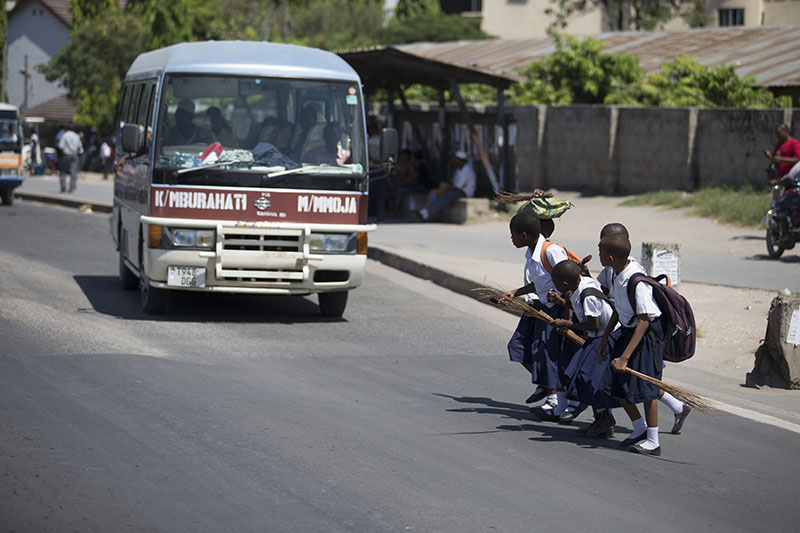Child mortality report identifies road deaths as a leading global killer

Immediate action needs to be taken to curb the 6.3 million child and young adolescent deaths each year, from mostly preventable causes including violent road crashes, according to a new UNICEF report.
Children and young adolescents continue to face chances of survival based in regional and income disparities, despite the substantial progress made in reducing mortality rates over the past 30 years.
Injuries become more prominent causes of death as children get older: while the risk of death for children aged between 5 and 14 is lower, the causes are predominantly avoidable. Injuries account for around 30 percent all deaths in this age groups. These include road injuries, the leading cause of adolescent death, as well as infectious diseases and drowning. Drowning and road injuries alone account for 14 percent of all deaths for this age group. While the mortality rate has dropped since 1990, the report also identified that no significant reduction has taken place for this age group since the year 2000.
The report also identified the inequality of childhood mortality. Children are dying because of who they are and the environments into which they were born – whether they be impoverished families or marginalized communities. Children from poorer households in low-and middle-income countries remain disproportionately vulnerable to early death, and the average risk of dying between the fifth and fifteenth birthdays was 15 times higher in sub-Saharan Africa than in Europe.
Poor air quality, to which vehicles are a significant contributor, is an important risk factor for child mortality; recent research highlighted that exposure to air pollution leads to higher mortality levels among children under age 1 particularly in certain regions like sub-Saharan Africa.
It is clear that concerted efforts, investments and innovative approaches are urgently needed to accelerate progress particularly in countries and communities that risk falling behind. This is especially true for children over the age of five, when they are at the crucial early stages of education which sees them leave the protection of the family home, often for the first time; the survival and well-being of children during this crucial period should not be ignored. Greater efforts are needed to save the lives of children; with public health interventions covering this age group significant progress could be made. More can, and must be done, by governments and the development world as a whole.







